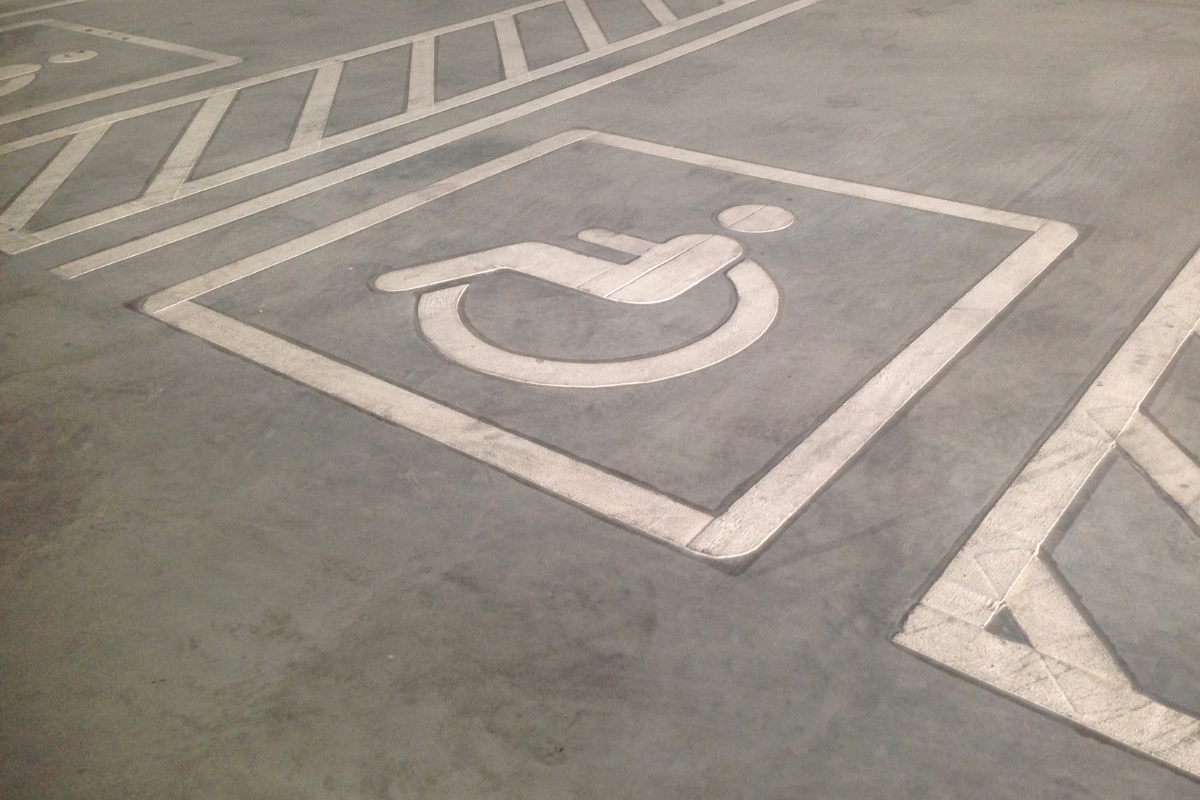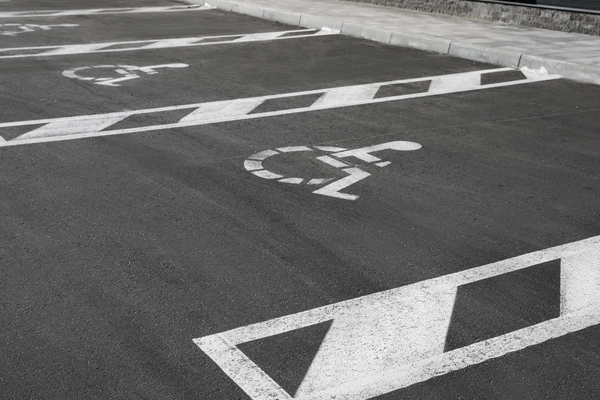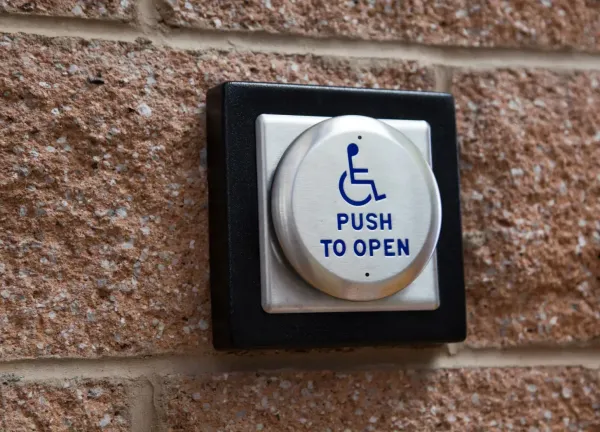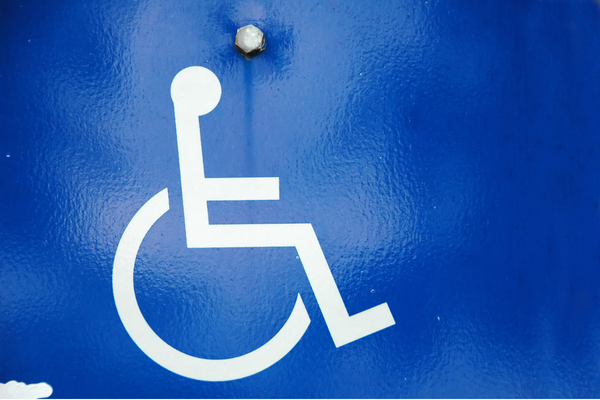10/15/25 - Ed Roberts, service dogs, and cities


Good afternoon!
Here are your three disability-related links for today …

The Radical Life of the Father of the Independent Living Movement
Julia Métraux, Mother Jones - October 14, 2025
"The center was radical, because it was completely self-help. The idea was disabled people helping disabled people. And that was crazy to the medical people and the [Department of Rehabilitation] folks. That was like saying the patients are going to cure themselves."
It’s good to have a fresh look at an iconic figure in disability culture. The movement and model that Ed Robert helped to build sometimes feel a bit stale these days. It helps to remember how revolutionary Independent Living was, and still can be — and how wonderfully daring and delightful Ed himself was.
Divesting from the “fake service dog” narrative in service of a future that centers care
Amy Robertson, Review of Disability Studies - June 19, 2025
"In this essay, I draw from my experience as a (disabled) service dog handler and from critical frameworks to situate “fake service dog” narratives in capitalism, white supremacy, and ableism. I claim that “fake service dog” narratives reflect imagery of service dogs as ideal workers under capitalism."
It’s interesting how people can come to roughly the same conclusion about disability issues from different angles. I have always hated the obsession with "fake service animals," too. For me it's because monitoring whether or not an animal is a "legitimate" service animal tends to devolve into petty and often ill-informed gatekeeping. I feel much the same about popular outrage over supposed accessible parking space violations. They are both wrong, but hard to judge fairly, and so far from the worst wrongs done to disabled people that they seem to me like distractions from more important advocacy. This disability studies article comes something of the same conclusion but from a different, deeper, and eye-opening perspective.
Map Shows Best—and Worst—Cities for People With Disabilities
Jasmine Laws, Newsweek - September 25, 2025
"There were 33 metrics in total, including housing affordability, cost of living, special-education teachers per 1,000 school-aged people with disabilities, walkability, cost of a doctor visit, and many others"
I got this link in a group email. One of the people in the group argued that articles like this, rating cities for how "disability friendly" they are or aren't. should be "taken with a grain of salt." I agree. It's a valuable question to ask and research. I'm just doubtful about the usual quality of the research. This at least seems like a credible effort though. Me main concerns are:
- How did the researchers measure physical accessibility in each city, and
- Should availability of health care really carry so much weight in these assessments?
I wouldn’t quite recommend any make moving plans based on this study. But we should probably keep encouraging more studies like this.





Disability Thinking Weekday is a Monday-Friday newsletter with links and commentary on disability-related articles and other content. Please share, comment, and subscribe — for free, or with a paid subscription.
You can help promote Disability Thinking Weekday by forwarding it by email or posting on your social media.
You can comment by sending me an email at: apulrang@icloud.com.
A free subscription sends a newsletter to your email each weekday. Benefits of paid subscription include:
- A monthly recap with links to all of the previous month's shared articles, organized by topic.
- Listing as a supporter, and a link to your website if you have one.
- You can recommend one disability-related article for me to share per month in a weekday post.
To to subscribe, upgrade to paid, or make a one-time donation, click one of the buttons below:
I am so grateful for your help and engagement, in whichever forms you choose!




